On October 23rd, Jenga the giraffe died in his enclosure at the Greater Vancouver Zoo.
The Vancouver Humane Society’s Emily Pickett sat down with Stephen Quinn from The Early Edition on CBC Radio to share the heartbreaking story of Jenga, a giraffe who died at the Greater Vancouver Zoo. Interview shared with permission.
Note: This written discussion has been edited for length.
Jenga’s death at the Greater Vancouver Zoo
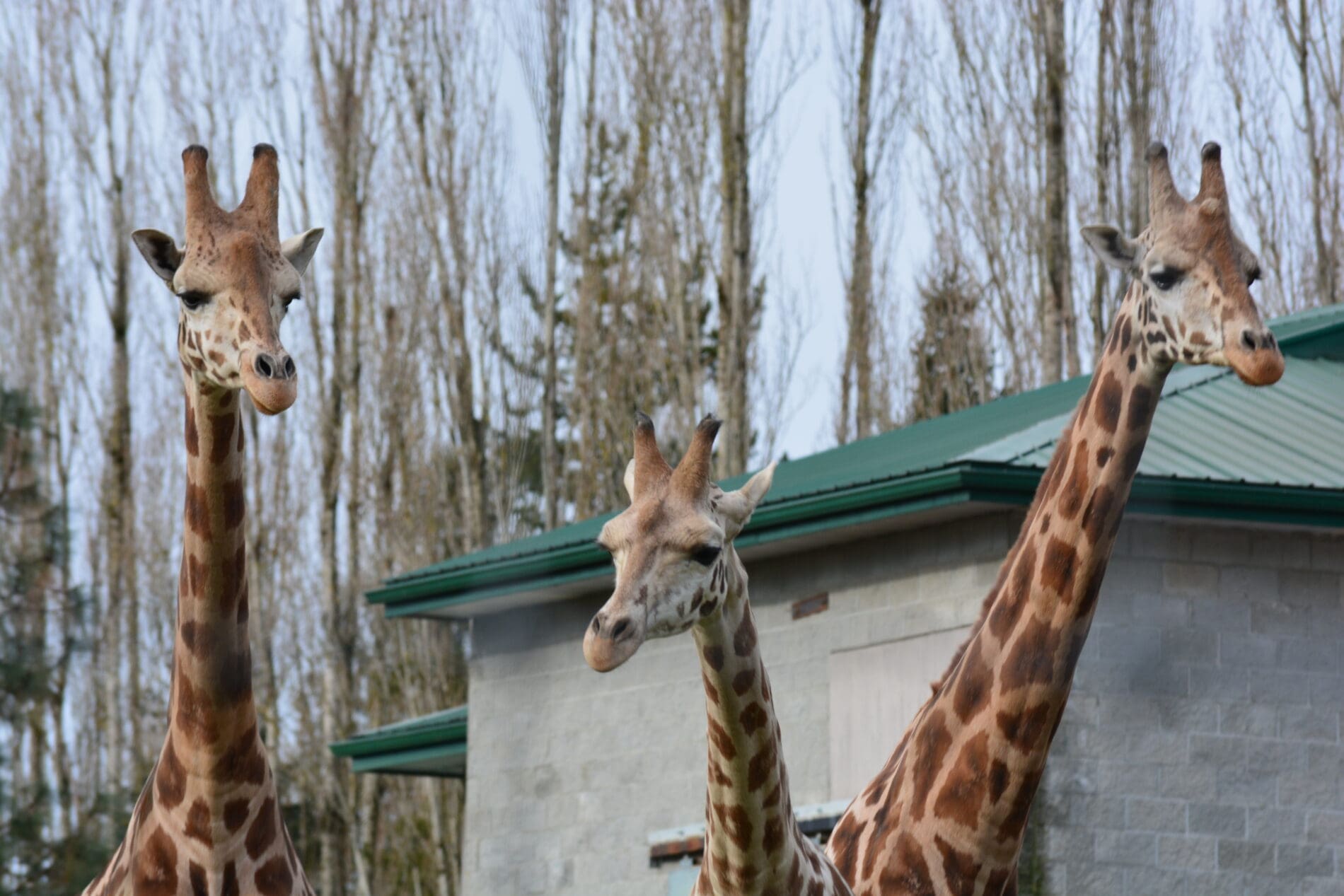
Stephen: Another animal has died at the Greater Vancouver Zoo. This time, an eight year old giraffe called Jenga. Now the zoo called him an iconic member of the Greater Vancouver Zoo family. According to the zoo, Jenga was found dead in his barn stall on Wednesday afternoon.
Jenga is one of four young giraffes to die at the facility since 2006. And for more on this, we’re joined by Emily Pickett. She’s the Campaign Director for the Vancouver Humane Society. Good morning to you, Emily.
Emily: Good morning.
Stephen: We don’t know all of the details yet. The zoo says it is still awaiting the results of a necropsy.
But what has been your reaction to this news? This was an eight year old giraffe.
Emily: Well, we at the Vancouver Humane Society are deeply saddened to learn of the death of yet another animal at the Greater Vancouver Zoo. And certainly we were surprised. The giraffe Jenga was only eight years old when he died, which is really a fraction of the lifespan for giraffes in the wild where they can live for up to 25 years.
The lives of captive giraffes
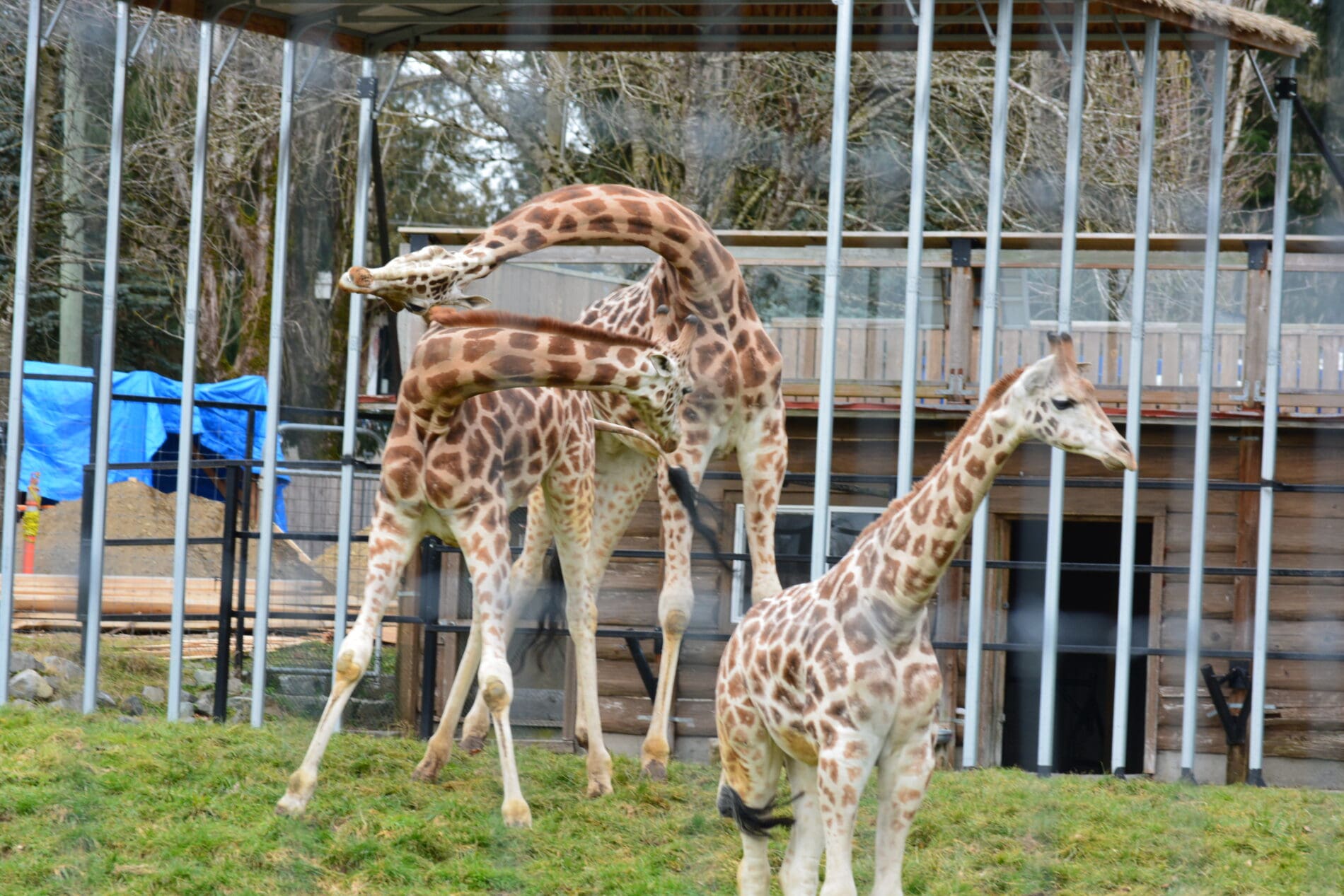
Stephen: Right. And tell me more about Jenga’s life in the zoo, or I guess the lives of giraffes generally there, because this is one of four young giraffes to die at that facility since 2006.
Emily: Giraffes are very sensitive animals that we know do not fare well in captivity. In fact, they can have shorter lifespans than their wild counterparts.
The life of Jenga was very different than the life of a wild giraffe, and I think that really points out the concerns that we at the Humane Society have.
In the wild, giraffes live in large herds, they have a large home range. Their natural habitat is typically arid and dry. They’re browsing animals that are adapted to foraging and feeding predominantly on on leaves and stems of trees and shrubs.
But at the Greater Vancouver Zoo, Jenga lived a very different life. He lived with only a couple of other giraffes in a pretty small and barren enclosure, with little to no opportunity to engage in many of those natural behaviours, and certainly in a very different climate than what his wild counterparts would be in.
Stephen: And when you’re talking about that warm, arid climate, it’s exactly the opposite here, especially through the wintertime, I would imagine.
Emily: Yes, absolutely. And that’s a big problem for giraffes, too. They struggle as a species to regulate their body temperatures. And so the colder winter months can be a real problem for them in these environments.
Ongoing welfare concerns at the zoo
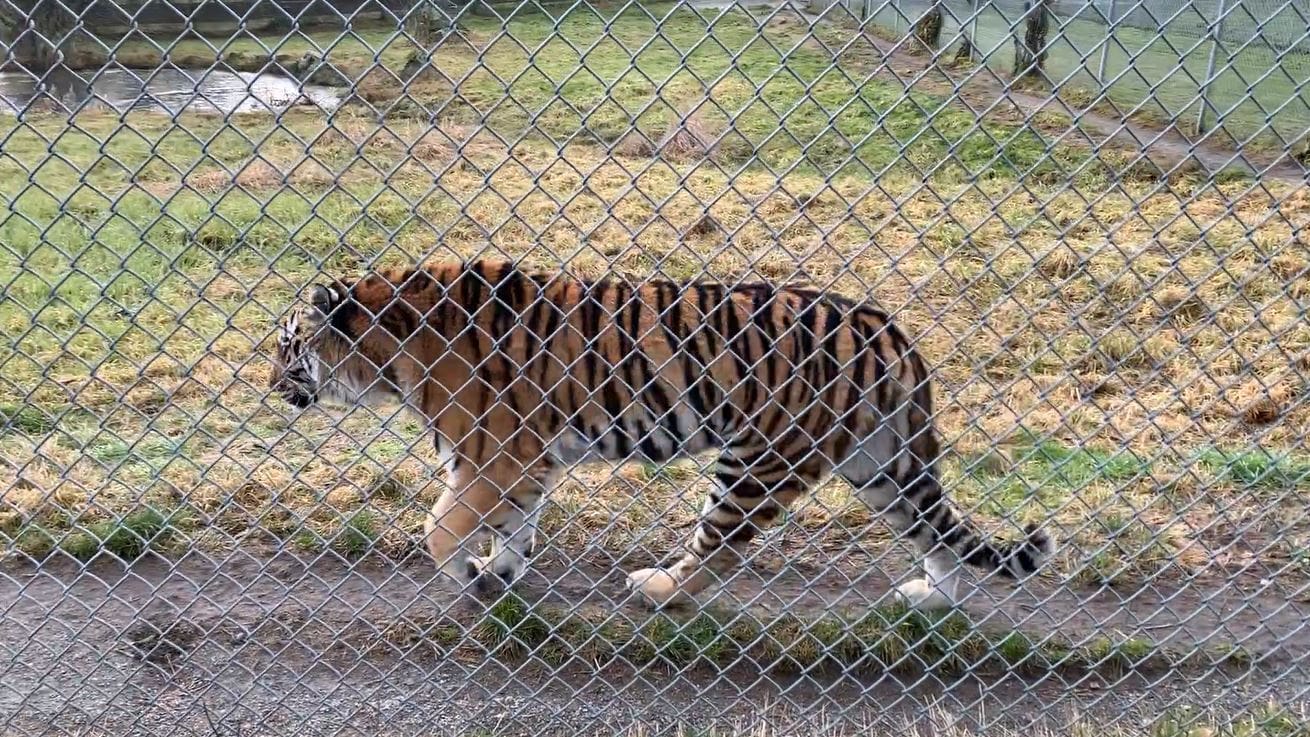
Stephen: Tell me about the Vancouver Humane Society and the reports that you have commissioned by Zoocheck. I guess the last one would have been in 2019. Is that right?
Emily: That’s correct. Yeah, the Vancouver Humane Society has had longstanding concerns around the welfare and conditions of animals at the Greater Vancouver Zoo.
And we’ve commissioned reports by Zoocheck as experts in this area for a number of years now. I think our first report on the Vancouver Zoo was back in 1997, and the most recent one, as you mentioned, was in 2019.
The report found a number of key issues overall.
A lot of the issues zoo-wide were about a lack of environmental and behavioural enrichment for the animals, which we know is very important for wild animals. They need to engage in these natural behaviours.
Another concern was inappropriate housing for social animals and indoor enclosures that were really basic and barren.
There were water issues, issues with groundwater and waterlogging of their enclosures, specifically for the giraffes.
Our 2019 report found similar issues as well.
Zoo accreditation doesn’t reflect welfare
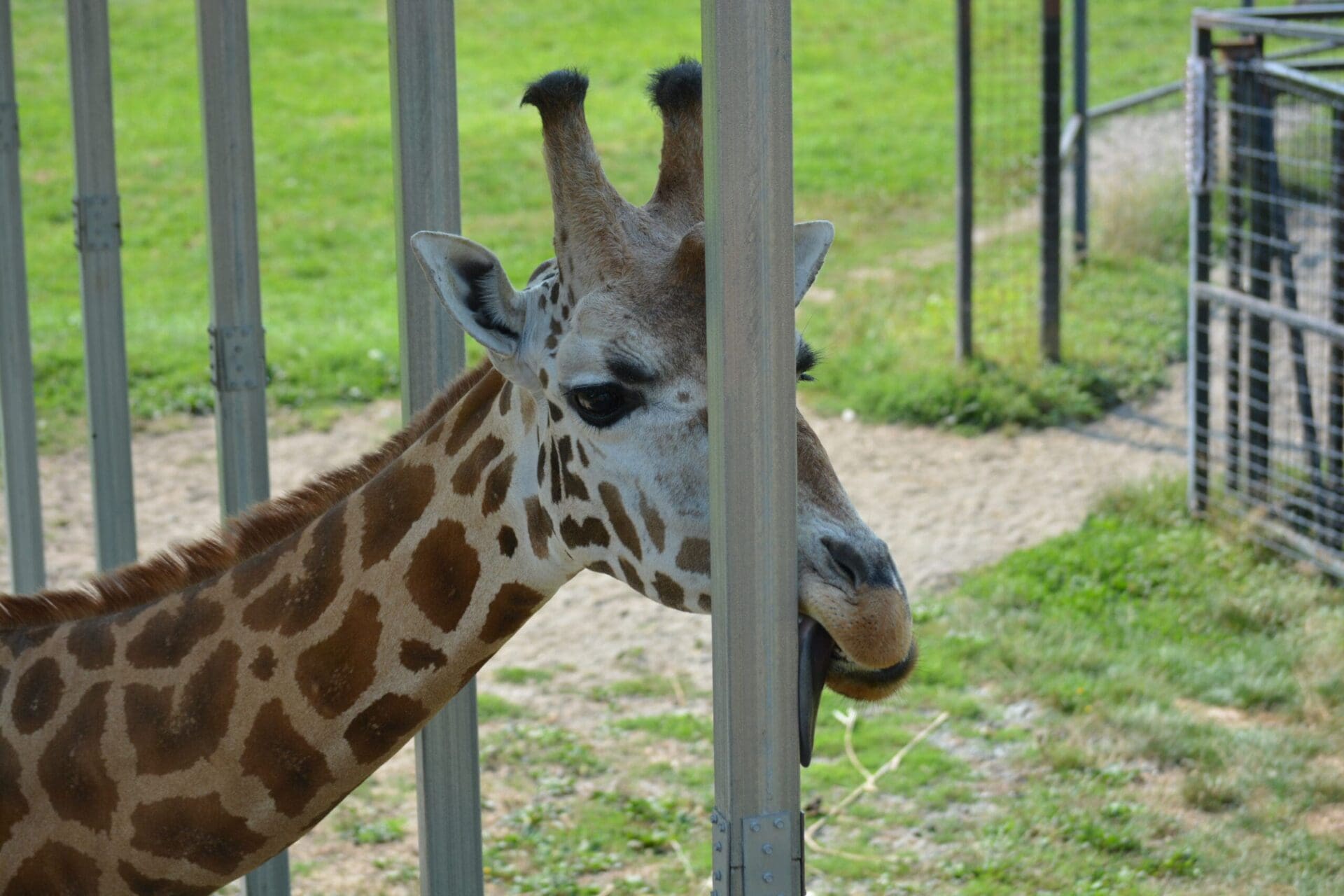
Stephen: The zoo is an accredited zoo. Is it not?
Emily: It is, yes, through CAZA. The concern is that it is really a private industry association of zoos and aquariums. They represent their members and the accreditation is really kind of the zoos and aquariums accrediting themselves.
So, that’s a bit problematic for us. It certainly sounds good on the surface, but it isn’t necessarily an indicator of best practices or high animal welfare standards. It doesn’t necessarily mean that the animals are doing well.
And as you mentioned, the number of deaths and incidents, including in recent years, we think really illustrates the issues.
Calling for change
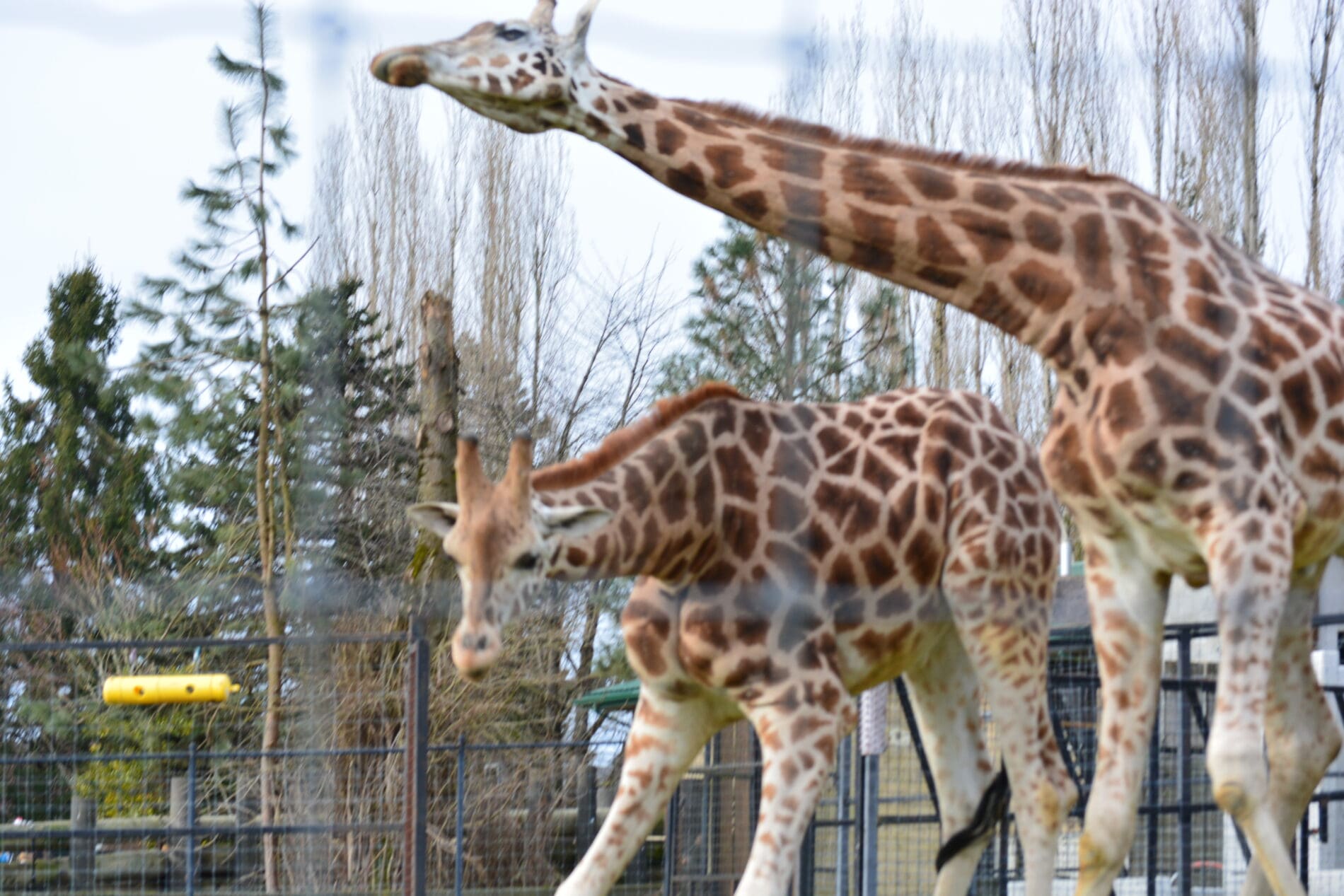
Stephen: And Emily, is the Humane Society calling for any particular action right now as a result of this?
Emily: We’ve been asking the zoo for many years to take action on its own. We obviously have not seen the changes we would like to see, over the number of years and the number of reports that we’ve drafted and shared with them.
We are still calling on the zoo to do more, but also urging the B. C. government to do more. They are responsible for issuing the permits to the zoo to be able to keep these animals.
So, what we would like to see is the zoo stop keeping exotic animals entirely – as illustrated, they’re not appropriate for these conditions and these environments – and to shift to a sanctuary model where they can focus on rescue, rehab, and release of native species from B.C. and to provide sanctuary for those animals that can’t be released.
Stephen: Emily, thank you for the time this morning. We appreciate it.
Emily: Thank you so much.
Next episode
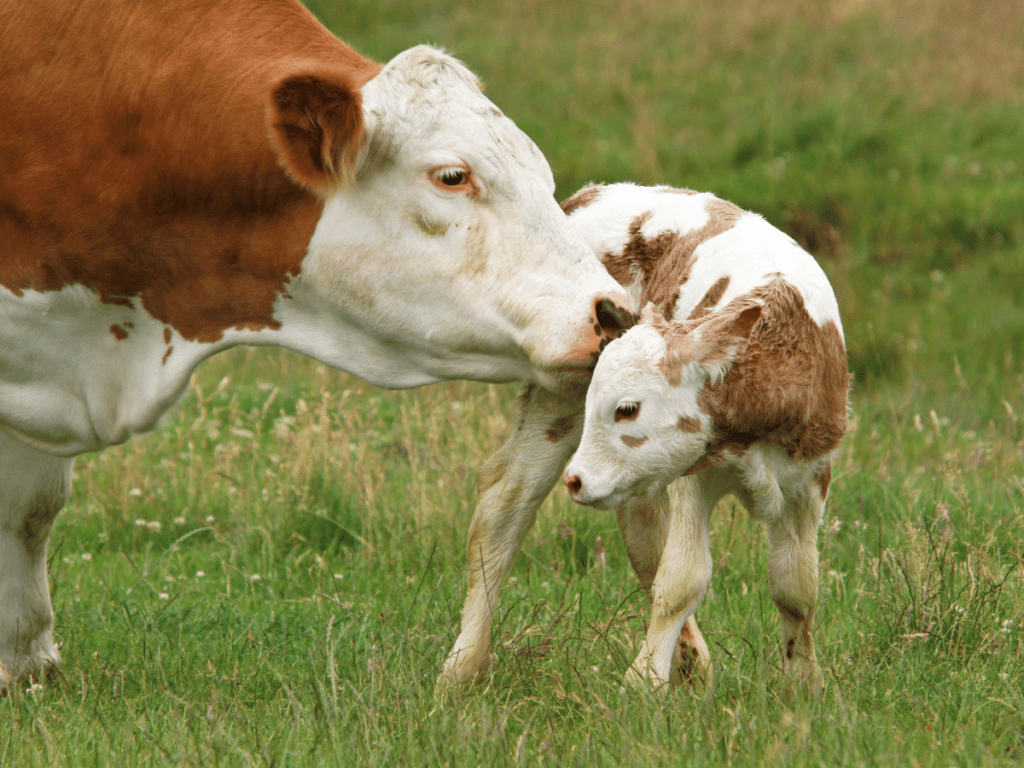
Please join us next month as we hear perspectives from people who operate farm sanctuaries.
